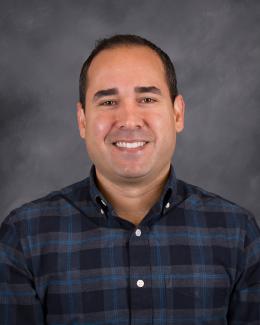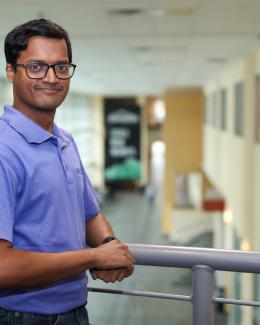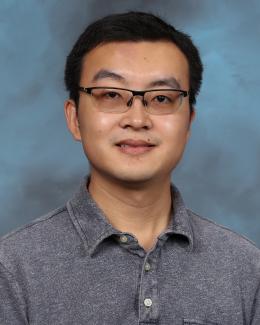Publication Type
Conference Paper
Journal Name
45th Workshop on Geothermal Reservoir Engineering
Book Title
PROCEEDINGS, 45th Workshop on Geothermal Reservoir Engineering
Publication Date
Page Numbers
1266 to 1276
Publisher Location
Stanford, California, United States of America
Conference Name
2020 Stanford Geothermal Workshop (45th Workshop on Geothermal Reservoir Engineering)
Conference Location
Stanford, California, United States of America
Conference Sponsor
Stanford University
Conference Date
-
Abstract
Microseismic monitoring plays an important role in many energy-related and environmental industries.The microseismic event catalog and seismic structure of the subsurface are two of the primary outputsof the microseismic monitoring system. Though rough locations of microseismic events can be estimated automatically, obtaining high-resolution microseismic event locations requires a significant amount of human laborespecially on seismic phase picking. Unlike traditional automatic pickers that are usually less precise than human analysts, a fewrecently proposed algorithms based on deepneural networks(DNN)were able to match or surpass human performance for earthquake signals. Due to differences in the spatial scale of the study area, sensor sampling rate, and geometry of the monitoring system, it is not clear whether these deepneural networkmodels can be used to speed up microseismic data processing. In this paper, we adapted the DNN based technique for automatic phase picking of microseismic signals. We usedmicroseismic data recorded at the experiment 1 site of the enhancedgeothermal system (EGS) Collab project anddesigneda workflowthat we call transfer-learning aided double-difference tomography (TADT),thatcombines transfer learning and seismic tomography. We re-train an existing DNN with our data to obtain a newmodel using around 3500 seismogramsand associated manual phase picks. Thistransfer learnedmodel is able to reach human performance but muchfaster than human analysts. The transfer-learning-derived phase pickswereused to improve microseismic event locations and imagethesubsurface. The results are similar to or slightly better than those obtained with manual phase picks.





